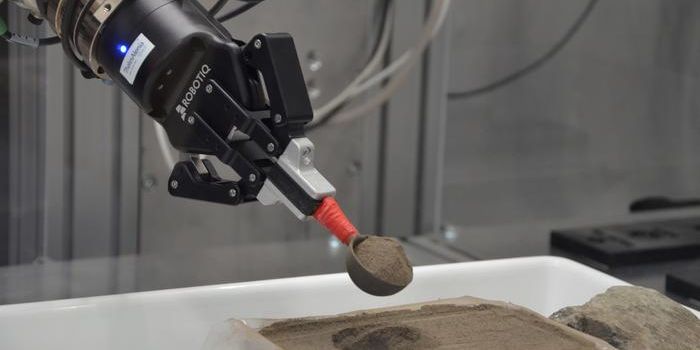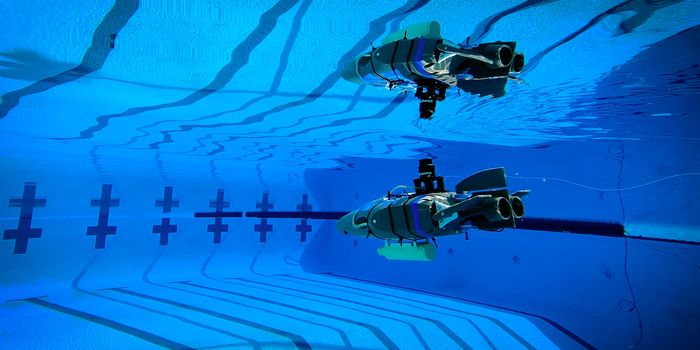NASA's Roman Telescope Reaches Optical Milestone
NASA’s Nancy Grace Roman Space Telescope just reached a key milestone in its assembly. Ball Aerospace, an industrial partner in the project, just installed and aligned key optical components for one of the cameras for the mission.
The Roman Space Telescope is an infrared telescope that has been designed to answer key questions about dark energy and dark matter, discover planets outside our Solar System, and address many other topics in infrared astrophysics and planetary science. The telescope will join the ranks of the Hubble Space Telescope and the James Webb Space Telescope, but it will be able to capture enormous panoramas of the Universe. The cameras on board Roman will be just as sensitive as those on board Hubble, but will be able to image an area on the sky that is 100 times larger than can be imaged by Hubble at one time.
The telescope was named after Dr. Nancy Grace Roman, the first female executive at NASA, in honor of her accomplishments and her contributions to the field. She served as NASA’s first Chief of Astronomy and played a foundational role in the planning of the Hubble Space Telescope, earning the nickname “Mother of Hubble.”
The telescope is set to launch into space no later than May 2027. It is currently being built and tested to make sure the telescope and its components will hold up under the extreme conditions it will experience during space and while in operation in space. Hardware development and testing began in February 2020 and it passed its critical design review in September 2021.
Ball Aerospace recently installed and aligned the element wheel assembly into Roman’s Wide Field Instrument. Light emitted by distant objects is first reflected and focused by the telescope’s primary and secondary mirrors, then the light is passed through the element wheel assembly. The focused and filtered light then lands on the detector array, where the image is created.
The element wheel assembly consists of eight science filters, two dispersive elements, and a “blank” element. The “blank” element is used for internal calibration of instruments. The science filters allow astronomers to select which wavelengths of light they would like to observe, only allowing specific wavelengths to pass through to the detector. Astronomers choose the wavelength(s) based on what they would like to measure or discover. The dispersive elements (a grism and a prism) are used for spectroscopy, which allows astronomers to look at an object at many different wavelengths of light at once.
All the optics in the assembly met the stringent requirements needed to operate successfully in space. The optics were tested in simulated space-like conditions in a cryo-vacuum vessel where the temperature was lowered to approximately -190 degrees Fahrenheit (-123 degrees Celsius). Test images were obtained and showed minimal distortion; thus, the optics should work as planned at the telescope’s extremely cold operating temperature.
To learn more about NASA’s Nancy Grace Roman Space Telescope visit: roman.gsfc.nasa.gov or www.nasa.gov/roman.









